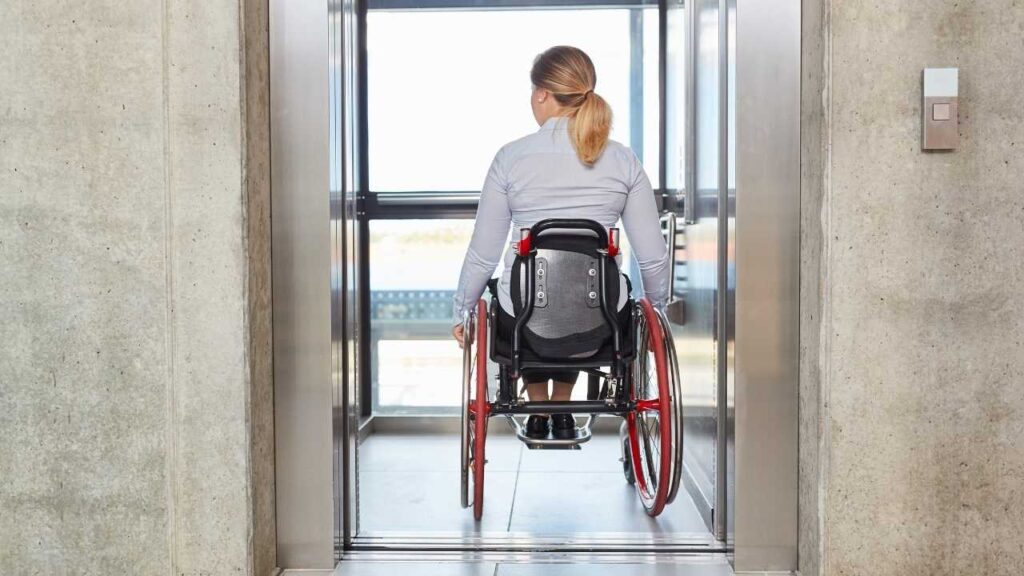In the complex web of social support programs, few are as vital—and yet as opaque—as Social Security Disability Insurance (SSDI). Millions of Americans depend on these benefits to cover basic needs while facing health conditions that prevent them from working. However, changes to these benefits often go unnoticed, buried beneath forms and bureaucratic red tape.
In 2025, several significant changes—some easing burdens, others creating new concerns—have quietly reshaped the SSDI framework. Here are six adjustments you may not have known about, but that could directly impact you. These are the four silent changes to SSDI that could affect your wallet.
Goodbye to the requirement to appear in person for people on SSDI
A respite for the most vulnerable. Imagine facing a severe disability that makes it difficult to even leave your home, and the system demands just that: a trip to an office to prove who you are. That was the harsh reality initially imposed by the Social Security Administration (SSA) to verify identities.
The wave of criticism was immediate and overwhelming. Disability advocacy groups and legislators from both sides of the aisle spoke out, pointing out how deeply exclusionary the measure was. Ultimately, the SSA reversed course. Since April 14, if you can’t use the online portal, you can conveniently complete your SSDI application (and also SSI or Medicare) by phone.
For people with limited mobility, debilitating conditions, or who simply live far from an office, this change isn’t just a convenience; it’s a lifeline of access.
The “Recovery Cap”: Stopping the Financial Slump
One of the most feared mechanisms for SSDI beneficiaries was the “clawback” of overpayments. System errors or changes not reported in time could result in a debt to the SSA. The cruel thing was how it was collected: the agency could withhold up to 100% of the monthly payment to recover that money. Imagine losing your only income overnight.
Desperation and destitution were real consequences. Starting April 25, 2025, this draconian practice was curbed. Now, the SSA cannot withhold more than 50% of your monthly payment to recover an overpayment. This is a significant burden reduction, designed to prevent an administrative error or temporary situation from pushing someone into the financial abyss.
Working without fear: Income ceilings are rising
For many SSDI recipients, the possibility of trying to return to work, even on a limited basis, is a glimmer of hope. But the fear of losing vital benefits holds them back. The “Substantial Gainful Activity” (SGA) and “Trial Work Period” (TWP) thresholds define how much you can earn without jeopardizing your SSDI. In 2025, these limits took a much-needed leap:
- SGA: Increased to $1,620 per month for non-blind people (up from $1,550 in 2024) and to a substantial $2,700 per month for legally blind people.
- TWP (Start): To activate this 9-month trial period where you can earn more without losing benefits, the threshold is now $1,160 per month, up from $1,110 in 2024.
The fall of the WEP and the GPO that cut payments
For decades, two provisions—the Windfall Elimination Provision (WEP) and the Government Pension Offset (GPO)—acted as financial penalties for workers who, after a career in public employment without Social Security withholding (such as teachers, firefighters, or police officers in some states), also accrued SSDI or Social Security retirement benefits from other jobs.
The WEP drastically reduced one’s Social Security benefit, and the GPO could almost completely eliminate a spouse’s or widow’s benefit. The fight for its repeal was long and bitter. Finally, in January 2025, the Social Security Fairness Act was enacted, eliminating both of these obstacles. The impact is enormous and retroactive to January 2024.
